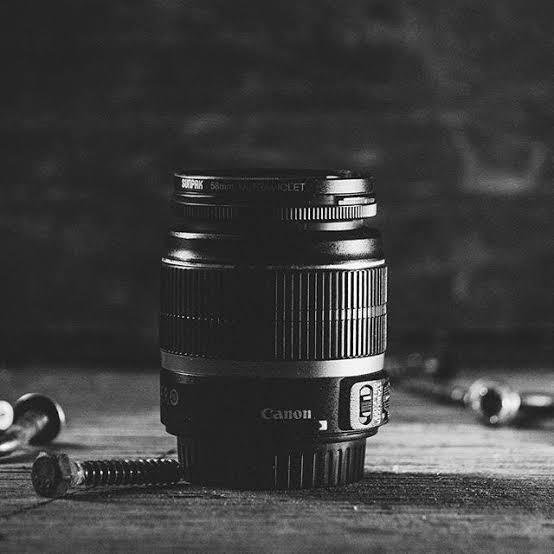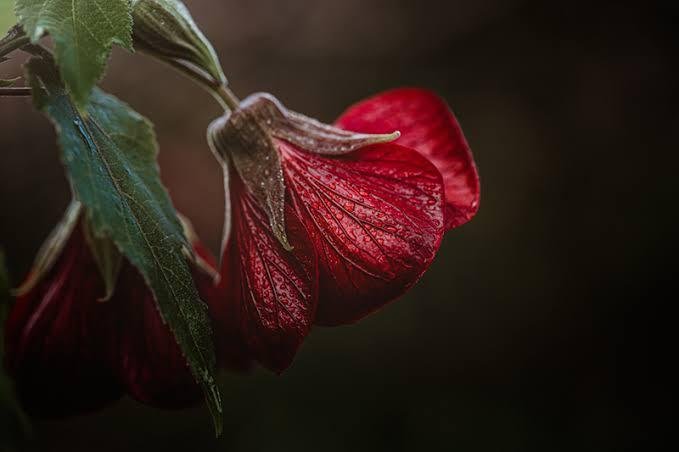5 Pro Tips for Taking Better Photos

Photography is an art form that has the power to capture moments, tell stories, and evoke emotions. Whether you’re a seasoned photographer or just starting out, there’s always room for improvement. Here are some pro tips to help you take better photos, enhance your skills, and create stunning images.
1. Understand Your Camera

Before diving into taking photos, it’s essential to understand your camera, whether it’s a DSLR, mirrorless, or smartphone. Learn about its settings, modes, and capabilities. Familiarize yourself with terms like ISO, aperture, shutter speed, and white balance.
Key Settings to Master
- ISO: Controls the camera’s sensitivity to light. Lower ISO for bright conditions, higher ISO for low light.
- Aperture: Affects depth of field; a lower f-stop number (e.g., f/1.8) creates a blurred background, while a higher number (e.g., f/16) keeps more of the scene in focus.
- Shutter Speed: Determines how long the camera’s sensor is exposed to light. Faster speeds freeze action, slower speeds can create motion blur.
2. Focus on Composition

Composition is the arrangement of elements within your frame. Good composition can transform an ordinary scene into an extraordinary photo.
- Rule of Thirds: Imagine dividing your frame into nine equal parts with two horizontal and two vertical lines. Place important elements along these lines or at their intersections to create a balanced and engaging image.
- Leading Lines: Use natural lines in your environment, like roads, rivers, or fences, to lead the viewer’s eye through the photo and towards the main subject.
- Framing: Look for natural frames within your scene, such as archways, windows, or tree branches, to draw attention to your subject.
3. Lighting is Everything

Lighting can make or break a photo. Understanding how to use light to your advantage is crucial.
- Golden Hour: The hour after sunrise and before sunset, known as the golden hour, provides soft, warm, and flattering light. It’s perfect for portraits and landscapes.
- Diffused Light: On cloudy days, the light is diffused, which eliminates harsh shadows and creates even lighting. This is ideal for portrait photography.
- Backlighting: Place your subject between the light source and your camera to create a silhouette or to add a beautiful rim light around your subject.
4. Master Post-Processing

Post-processing can enhance your photos and correct any imperfections. Programs like Adobe Lightroom and Photoshop are powerful tools for editing.
Basic Adjustments
- Exposure: Correct underexposed or overexposed images.
- Contrast: Add depth by increasing the difference between dark and light areas.
- White Balance: Adjust to ensure colors are accurate and true to life.
Advanced Techniques
- Dodge and Burn: Lighten (dodge) or darken (burn) specific areas to add dimension.
- Cloning and Healing: Remove unwanted objects or imperfections.
- Color Grading: Adjust tones and hues to create a specific mood or style.
5. Practice, Experiment, and Learn

Photography is a skill that improves with practice. Don’t be afraid to experiment with different techniques, styles, and subjects.
- Join Photography Groups: Engage with other photographers, share your work, and receive constructive feedback. Online communities and local clubs can provide inspiration and support.
- Take Courses and Workshops: Invest in your education by taking photography courses or attending workshops. Learning from professionals can provide valuable insights and techniques.
- Study the Masters: Look at the work of renowned photographers to understand their techniques and what makes their photos compelling. Analyze their use of light, composition, and storytelling.
Conclusion
Taking better photos requires a combination of technical knowledge, creativity, and practice. By understanding your camera, mastering composition and lighting, utilizing post-processing tools, and continually learning and experimenting, you can elevate your photography skills and create stunning images. Happy shooting!
Recent Blogs
[psac_post_carousel show_author=”false” show_tags=”false” show_comments=”false” show_content=”false” slide_scroll=”2″]











